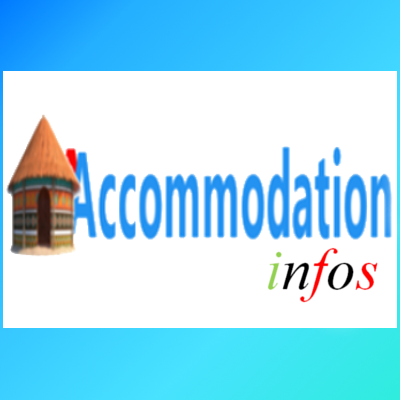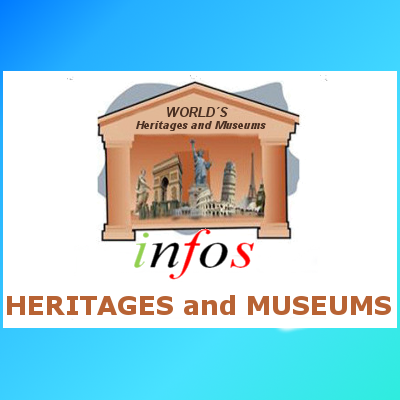What You Need To Know
Kota Bharu (Jawi: كوت بهارو; Chinese: 哥打巴鲁; occasionally referred to as Kota Baharu) is a city in Malaysia that serves as the state capital and royal seat of Kelantan. It is also the name of the territory (jajahan) or district in which Kota Bharu City is situated. The name means ‘new city’ or ‘new castle/fort’ in Malay. Kota Bharu is situated in the northeastern part of Peninsular Malaysia, and lies near the mouth of the Kelantan River at 6°8′N 102°15′E. The northeastern Malaysian city is close to the Thailand border. Kota Bharu is home to many mosques, various museums, the unique architecture of the old royal palaces (still occupied by the sultan and sultanah and off-limits to visitors but viewable from outside) and former royal buildings (which can be visited) in the centre of town. The City is served by Keretapi Tanah Melayu’s East Coast Line at the nearby Wakaf Bharu Terminal Station, in the town of Wakaf Bharu across the Kelantan River and Sultan Ismail Petra Airport, located in Pengkalan Chepa.
Area: 394 km²
Population: Estimate 498,411
Currency
-
The Malaysian ringgit (/ˈrɪŋɡɪt/; plural: ringgit; symbol: RM; currency code: MYR; formerly the Malaysian dollar) is the currency of Malaysia. It is divided into 100 sen (cents). The ringgit is issued by the Bank Negara Malaysia.
Culture
The Kelantanese culture is highly influenced by Thai culture because of its geographical proximity to Thailand. The Chinese are much more assimilated to local culture than those in other parts of Malaysia. Much of the food is sweet, with rice as the primary staple. Traditional dances like Mak Yong and Wayang Kulit were once widely practised, but are actively suppressed by local authorities because of perceived Hindu influences thought to contradict Islam.
Demographics
The vast majority of Kota Bharu’s population is ethnically Kelantanese Malay which have distinct language and culture compared to other parts of Malaysia.There is also a big Chinese population in Kota Bharu. Besides that, there are also minority Tamil, Siamese and Orang Asli that resides in the city. The total population of Kota Bharu as at 2010 is 491,237.
Governance
Kota Bharu is represented in the Parliament of Malaysia. For electoral purposes, the city is divided into four constituencies in the Kota Bharu electoral region. Each constituency elects one Member of Parliament (MP) by the first-past-the-post system of election.
Health systems
Healthcare systems. Malaysia is fortunate to have a very comprehensive range ofhealthcare services. The Malaysian government is very committed to its principles of universal access to high-quality healthcare, which the local Ministry of Health offers through a network of nationwide clinics and hospitals.
Language
Malay (Bahasa Melayu / بهاس ملايو) Malay is a Malayic language spoken in Malaysia, Indonesia, Singapore, Brunei and Thailand. The total number of speakers of Standard Malay is about 18 million. There are also about 170 million people who speak Indonesian, which is a form of Malay.
Religion
Kota Bharu’s population is 70{7151aee65d07f657c117d7413d79b4dbcf78e1f3267e11280dea525dc0dcb12d} Muslim with the remainder consisting of Buddhists and Christians. The indigenous peoples that reside in the city’s outskirts are generally practicing Christians. The predominantly urban local Chinese community mainly practices Buddhism. The local state government is helmed by the Pan-Malaysian Islamic Party and thus has pursued a stricter form of Islam in the city and state; Kota Bharu was declared an Islamic City vis-à-vis Kota Bharu Bandaraya Islam. Morality police are common and apprehend people who engaged in acts perceived as immoral. The Jawi script is used in street names and restaurants. Social activities that do not contradict Islamic norms are allowed. Government offices and many stores are closed on Fridays and Saturdays, but the vibrant markets remain open except for Islamic prayer times. The conservative Kelantanese state government under PAS has implemented some Islamic laws. These include switching on lights in cinemas during screening time until cinemas were closed down, separate check-out counters in supermarkets for males and females, and khalwat, the Islamic rule on proximity between males and females. However, these regulations apply only to Muslims. The Kota Bharu Municipal Council, the local government authority, discourages the use of “indecent attire” by female employees in retail outlets and restaurants. Those who are caught for “dressing indecently” may be fined up to RM 500. The definition of “indecent dressing” includes “body hugging outfits which show off the body, blouses which show the navel, see through blouses, mini-skirts and tight pants.
Transport
Travel in Kota Bharu is predominantly by bus. The state-run bus company SKMK (748 3807) operates city and regional buses (and some long-distance buses) from the central bus station (off Jln Padang Garong), and most long-distance buses from Langgar bus station (Jln Pasir Puteh) in the south of the city. All other long-distance bus companies run from the Jln Hamzah external bus station. Kota Bharu is serviced by Sultan Ismail Petra Airport (IATA: KBR). In terms of rail transport, the closest station to Kota Bharu will be the Wakaf Bharu station. Highway 8 is the main highway leading Kota Bharu to the federal capital Kuala Lumpur. Highway 3 connects Kota Bharu to Pasir Mas and the Thailand border in the west, or Kuala Terengganu, Kuantan or even Johor Bahru due south. Connection to Penang is possible via highway 4. The Lebuhraya Rakyat, or People’s Expressway, is a planned expressway that is to connect Kota Bharu to Kuala Krai in southern Kelantan. The project has been integrated into the Central Spine Road project (assigned as highway 34), scheduled to be complete by 2020.
Shopping
Tourism
Beaches
Strong surf threatens all major beaches in the vicinity of Kota Bharu with substantial erosion. The community has been implementing wave breakers by piling up massive amounts of boulders in an effort to protect the coastline. Regular beach activity has become impossible as visitors frequent beaches further south. In terms of tourism, the most famous beach in Kota Bharu is Pantai Cahaya Bulan.
Wreck diving
Diving in Kota Bharu is a relatively new activity. At present, only one dive shop operates in the area. Trips out to the wreck of the IJN Awazisan Maru (known locally as the “Japanese Invasion Wreck”) are among the sites offered. This Japanese transport ship was the very first vessel to sink in the Pacific War. The wreck is a 30-minute boat journey from a jetty which is 10 minutes outside of Kota Bharu.
Weather
Kota Bharu features a tropical monsoon climate bordering on a tropical rainforest climate. Kota Bharu does not have a true dry season although the city experiences noticeably heavier rainfall from August through January. Also, Kota Bharu experiences slightly cooler temperatures between December and February than during the rest of the year, making it one of the most “seasonal” cities in Malaysia. The city sees on average about 2,600 millimetres (100 in) of precipitation annually.











